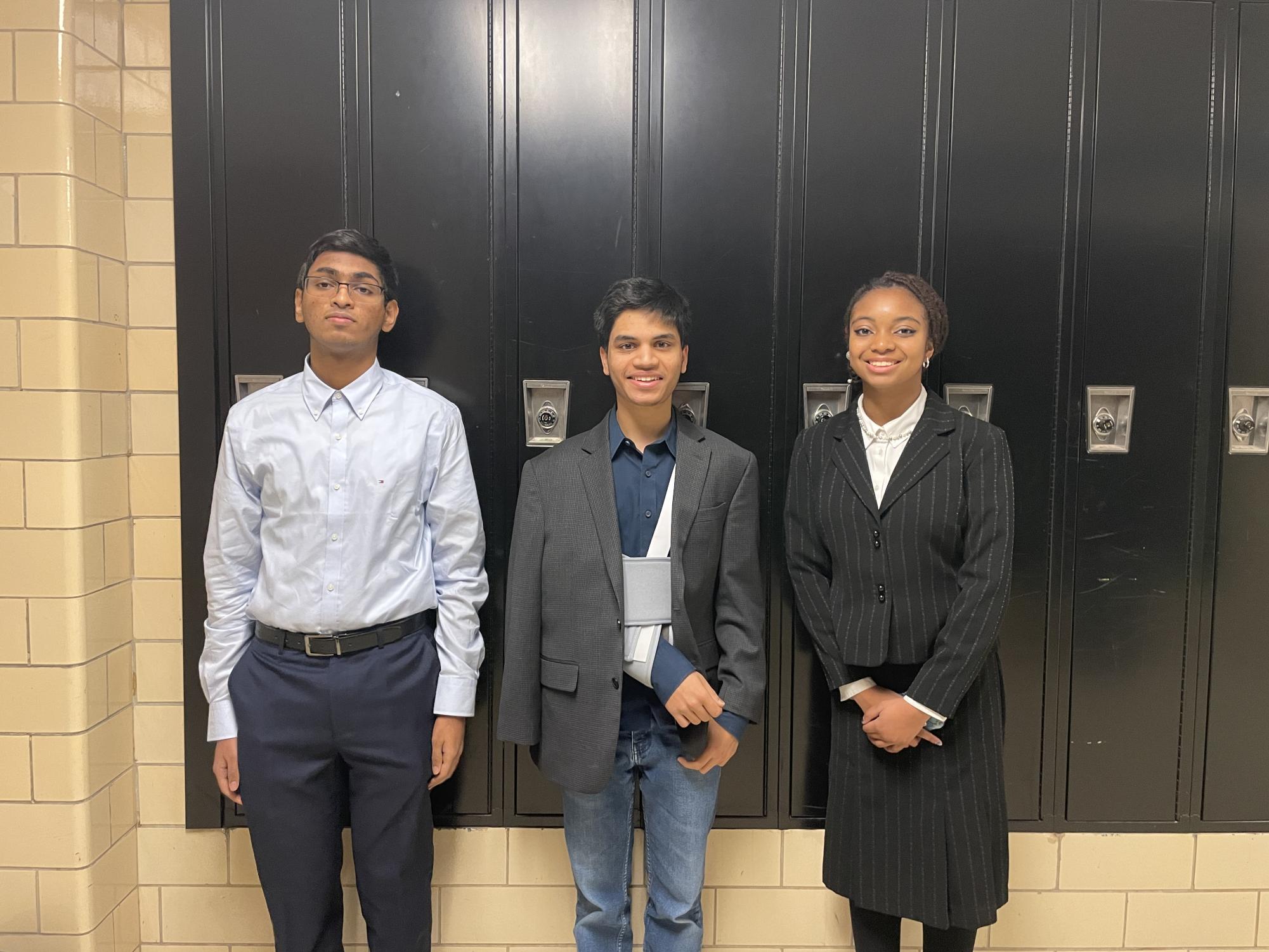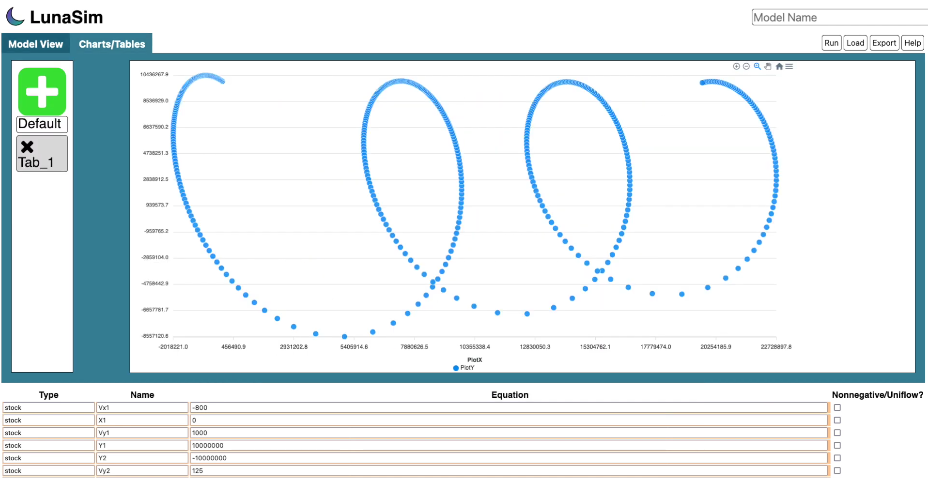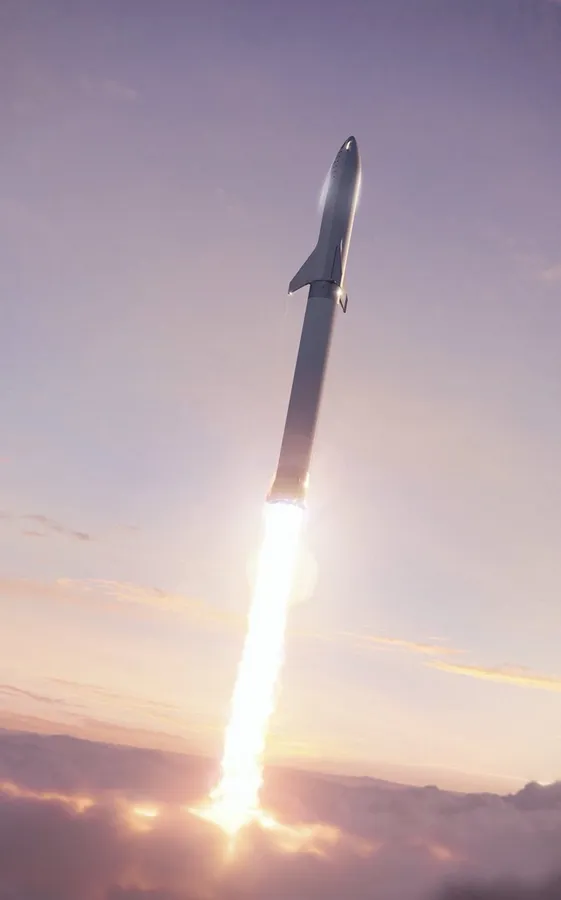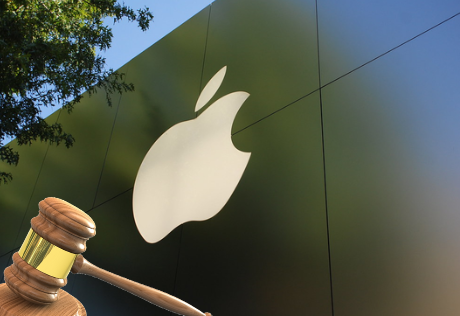SMCS Juniors developed working software for 9th-grade Class

After the 9th-grade physics classes were left with inapplicable software, three SMCS juniors, including Karthik Vedula, Sienna Simms, and Aditya Patil, took it upon themselves to create a new one.
“Our students really needed a system dynamics modeling software…we decided that there was a dire need for us to make this app,” Vedula said.
Their app, LunaSim, was created to replace a previously used software called STELLA, which was first used in 1985 by the Blair Magnet program and began being used by Poolesville in 2006 when they adopted the SMCS magnet program, according to teacher Ishan Khetarpal.
LunaSim was created because STELLA was licensed, expensive, and unable to run on school computers, meaning students could only look at their models in class and not at home/on their own time
“Our app is free, open source, and can work on any major browser (meaning it can run on any laptop, tablet, and desktop),” Vedula said.
LunaSim is a system dynamics modeling software, that allows users to graphically describe and run simulations in the browser, and according to Vedulla, can calculate catapult trajectories, simulate orbiting binary stars, model drug concentrations in the bloodstream, and various other tasks. It is used by 60 students in the 9th Grade Foundations of Computer Science class.
Ishan Kheterpal teaches 9th grade Science, Math, Computer Science house (SMCS) classes and had to deal with the old program STELLA not working including the LunaSim implication in SMCS classes.
“I think LunaSim is, at first, not quite as easy as STELLA for students, but I have also found that students are more willing to stick with it because they appreciate how much work was done so that they could have this tool,” said Kheterpal.
Simms noted she was the project manager and one of the lead testers, meaning she planned the milestones and events, documented communication and testing, and wrote the official documents. She also worked on some of the code as they got deeper into the development and worked on the user interface and initializing charts and tables.

According to Vedula, the longest part of the development was the creation of the numerical methods engine, which took a year and was his large contribution to the project, as the lead programmer. The visual editor aspect took another three months to develop, which was worked on by all three members of the team.
“[The numerical engine] ran numerical methods such as Runge-Kutta 4 and Euler’s method to calculate the results of the simulation over time,” said Vedula.
LunaSim recently won the Congressional App Challenge for the district. This challenge is run by the U.S. House of Representatives to encourage middle and high school students to learn about computer science and the careers in that field.
Currently, the team plans for LunaSim to grow with the SMCS program, which means eventually passing the software onto underclassmen who have ideas for the project. LunaSim is only at Poolesville, but they are looking to expand to other schools, and those interested can reach out to [email protected].








J. Nieves • Feb 2, 2024 at 10:07 pm
Totally Awesome!